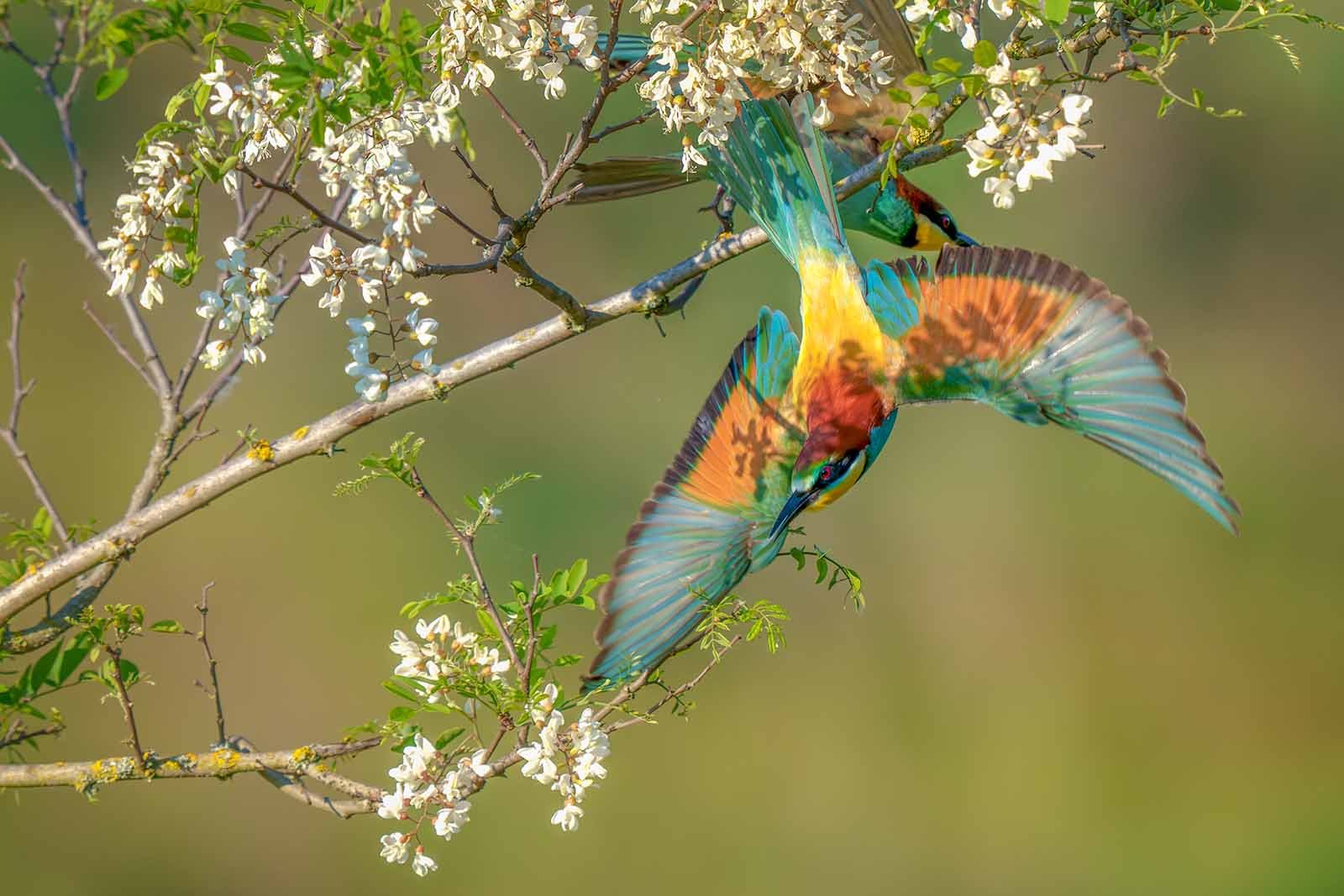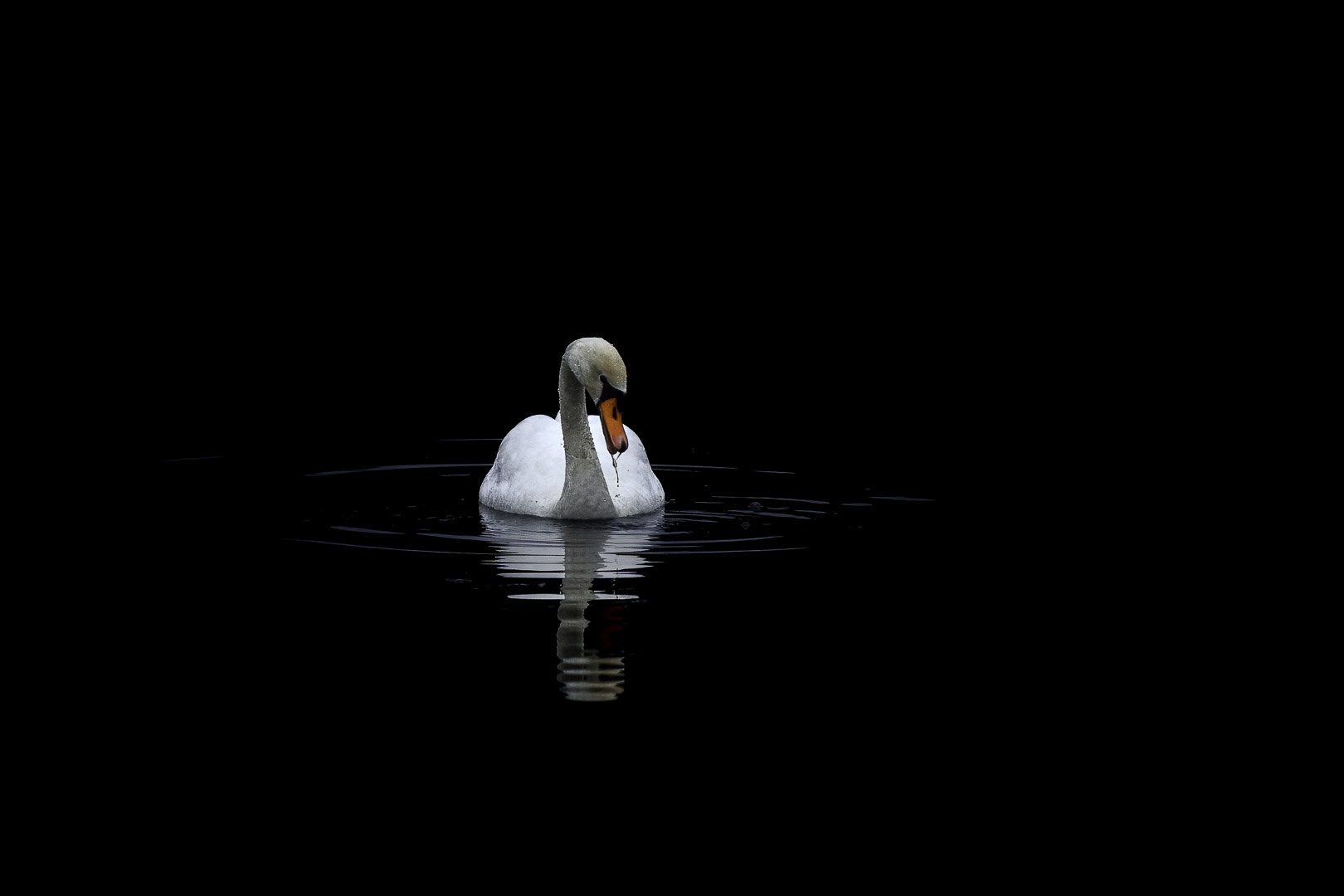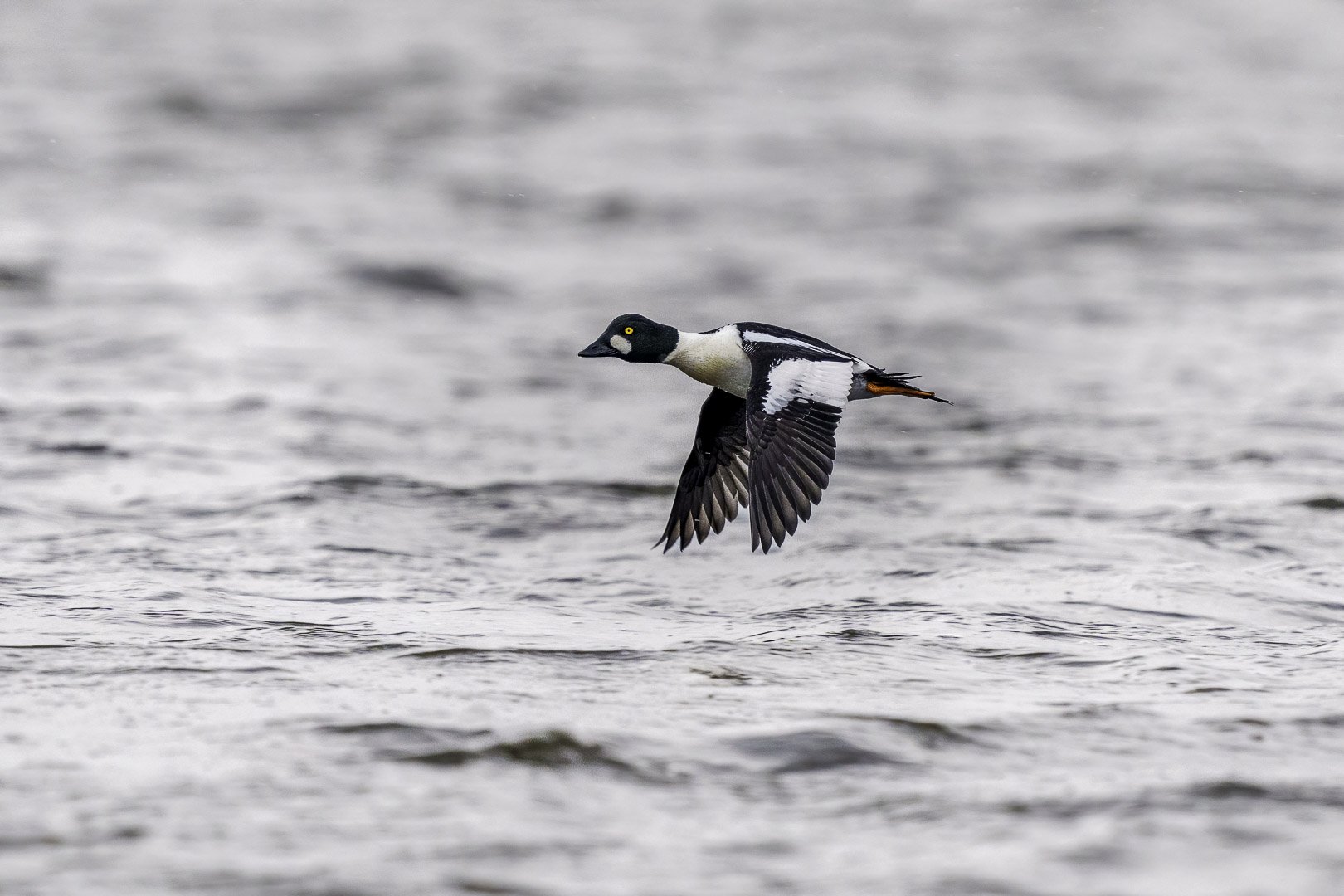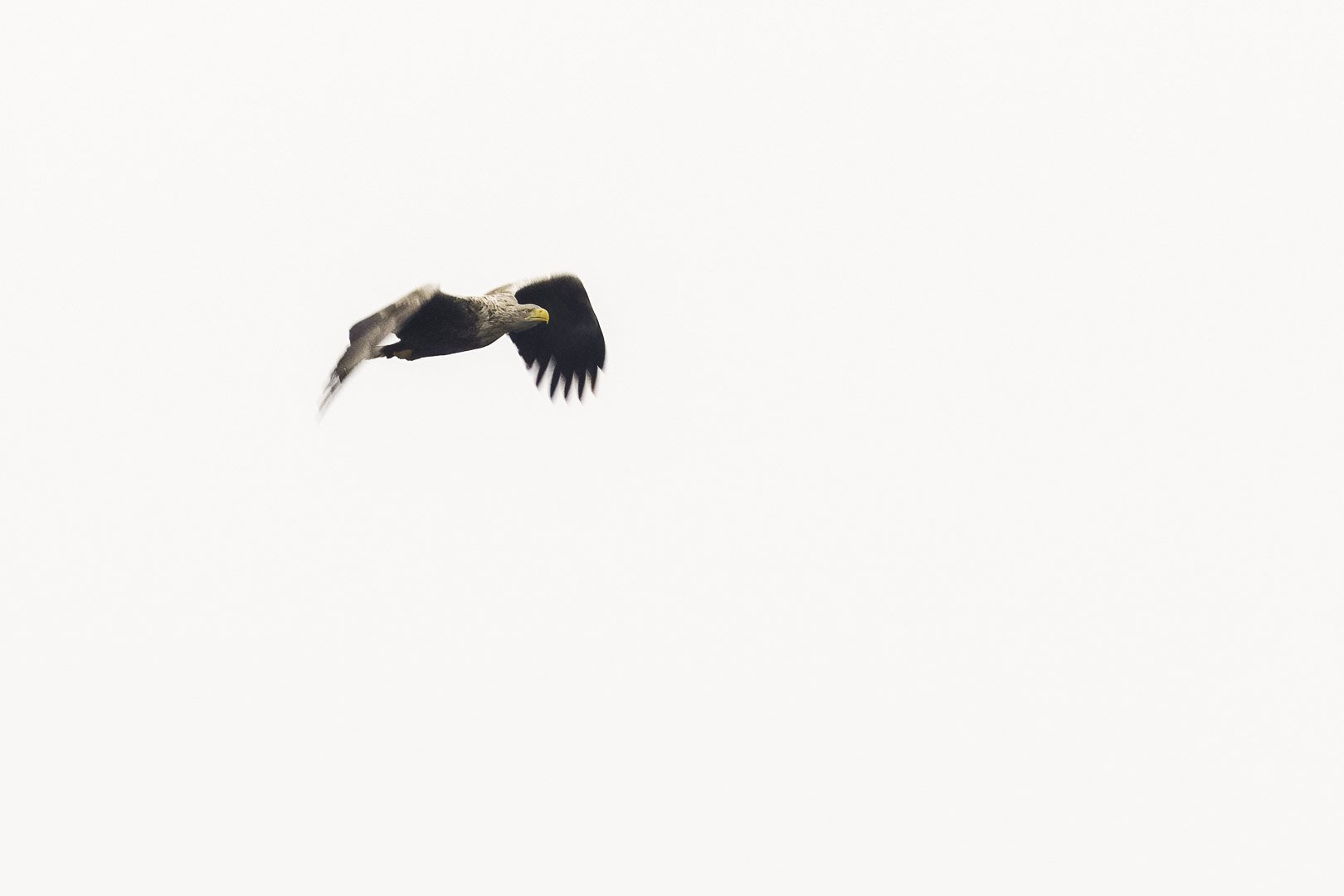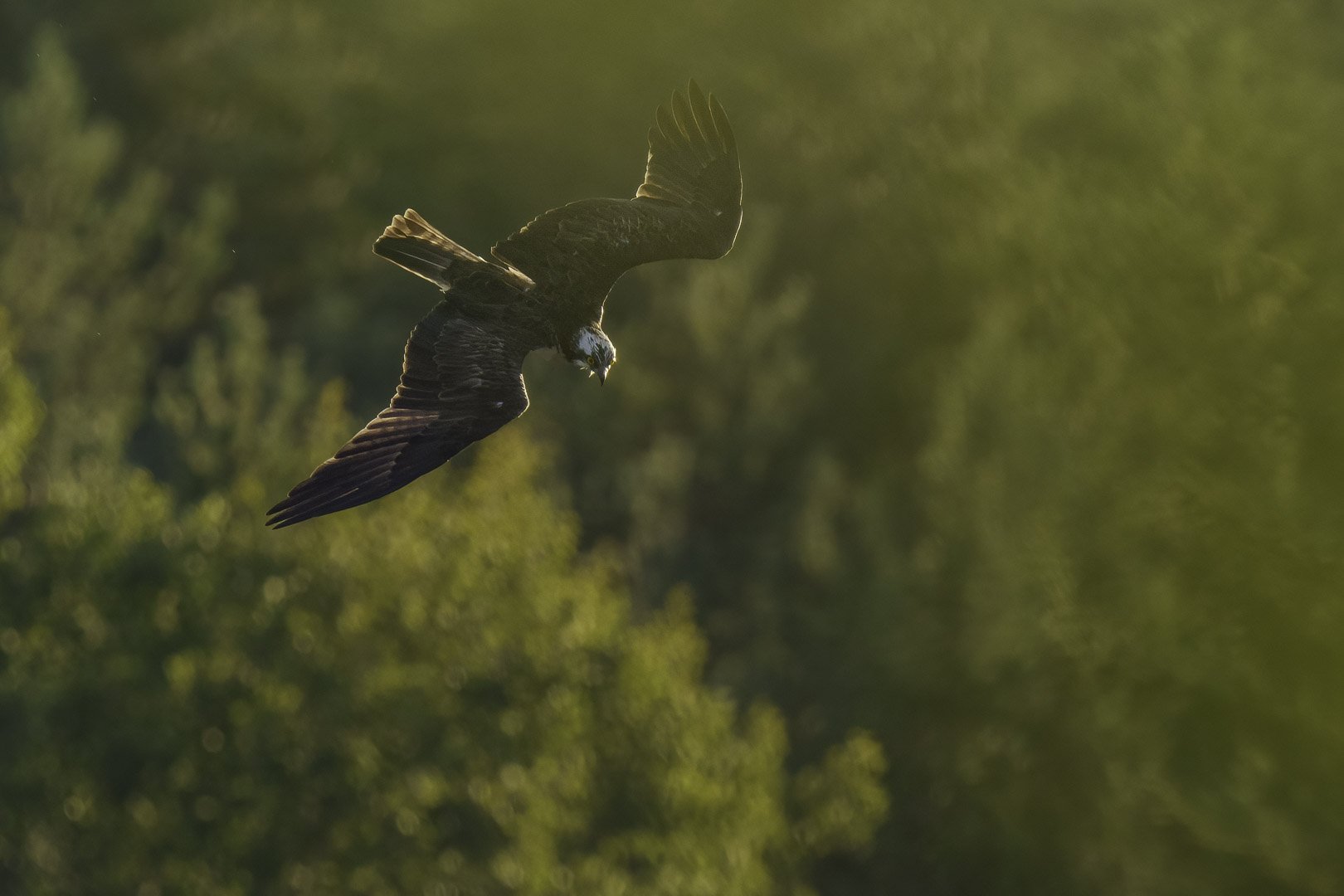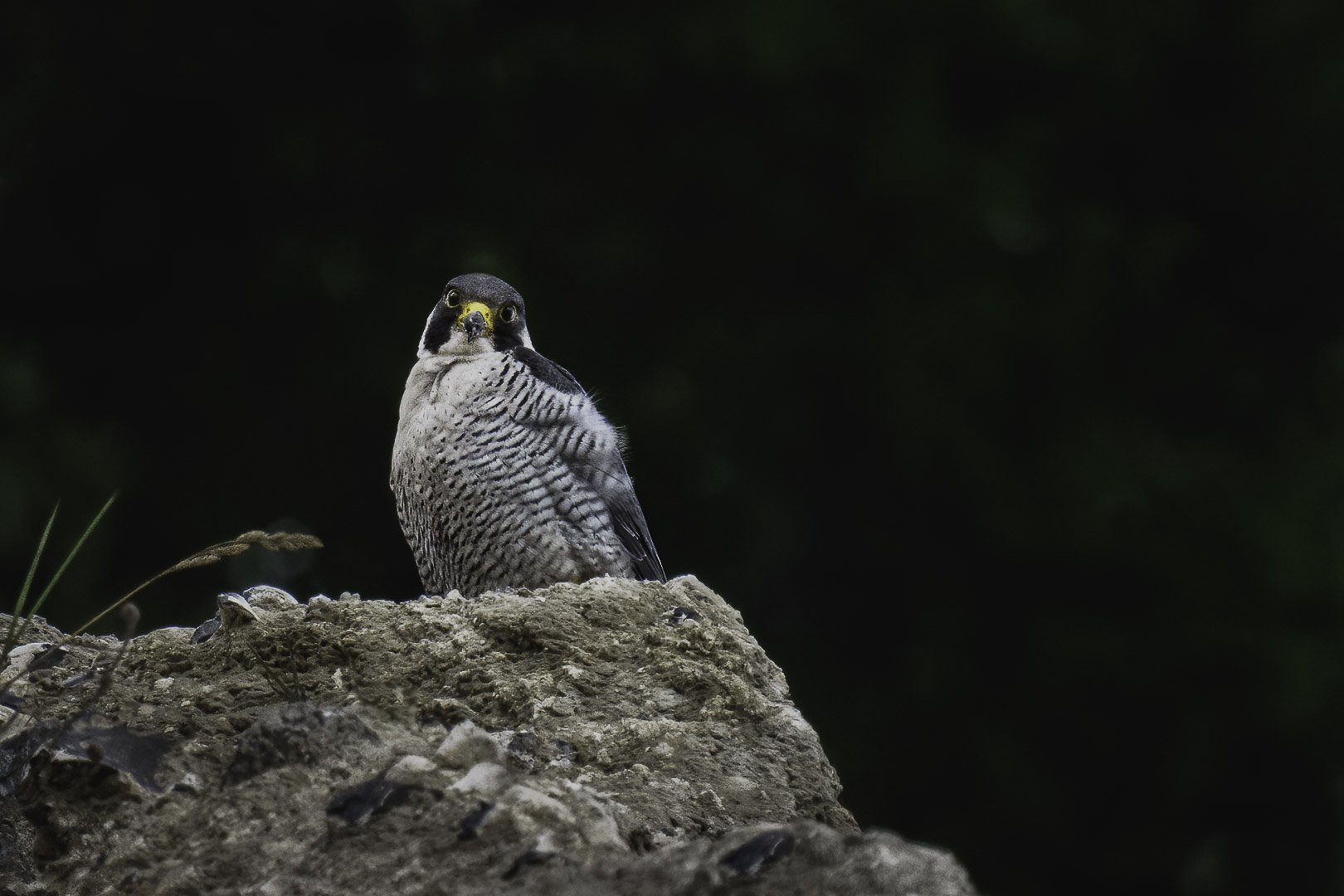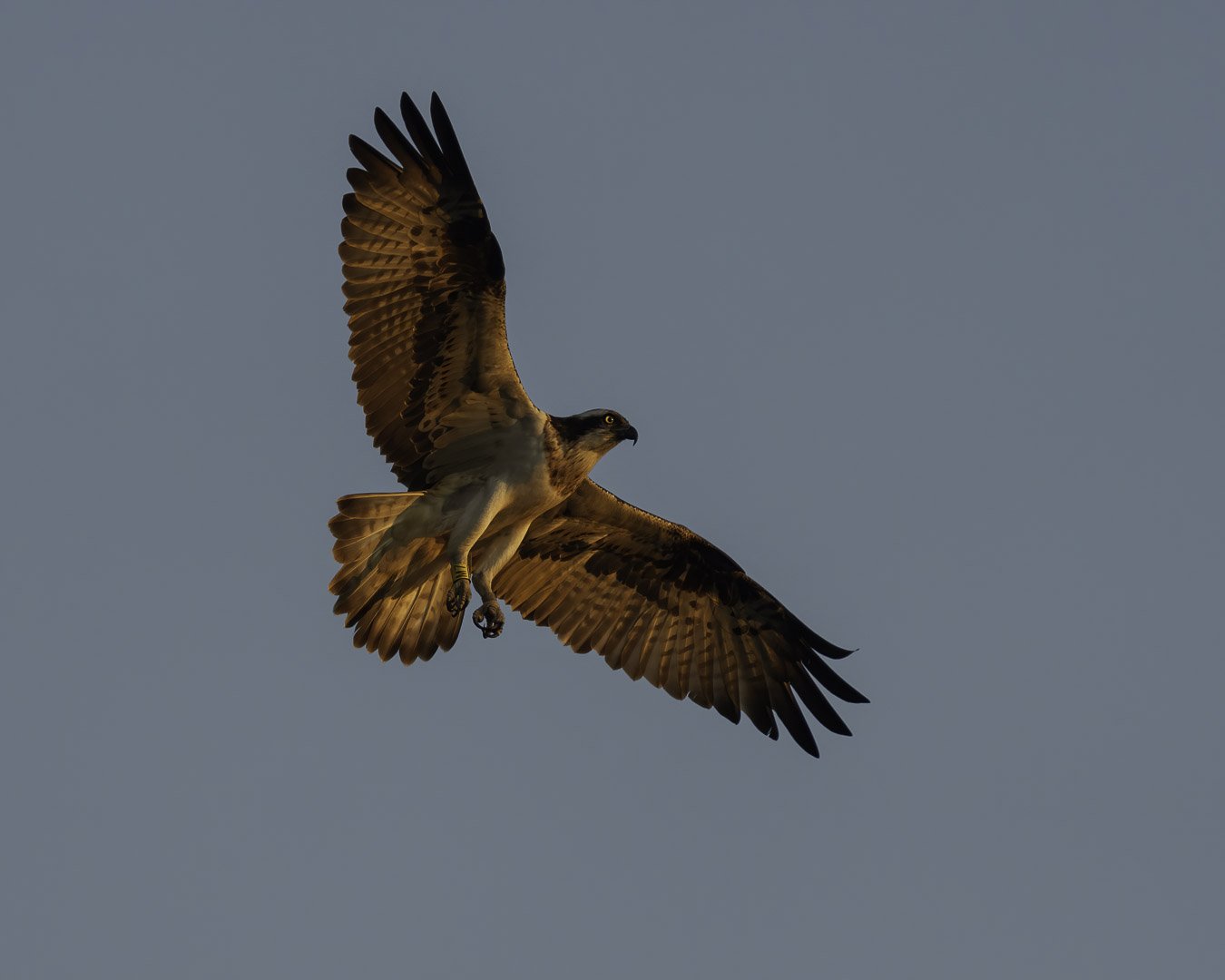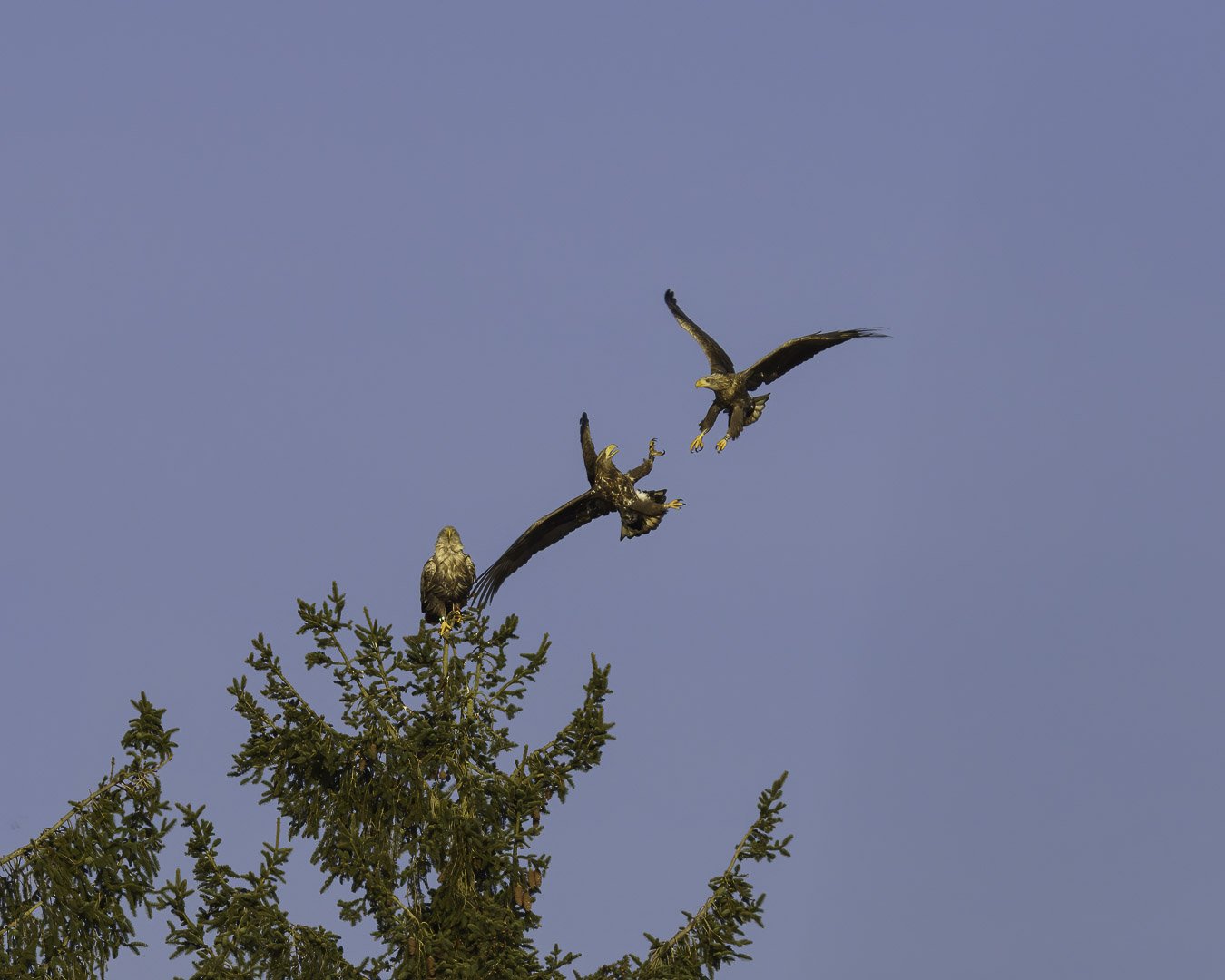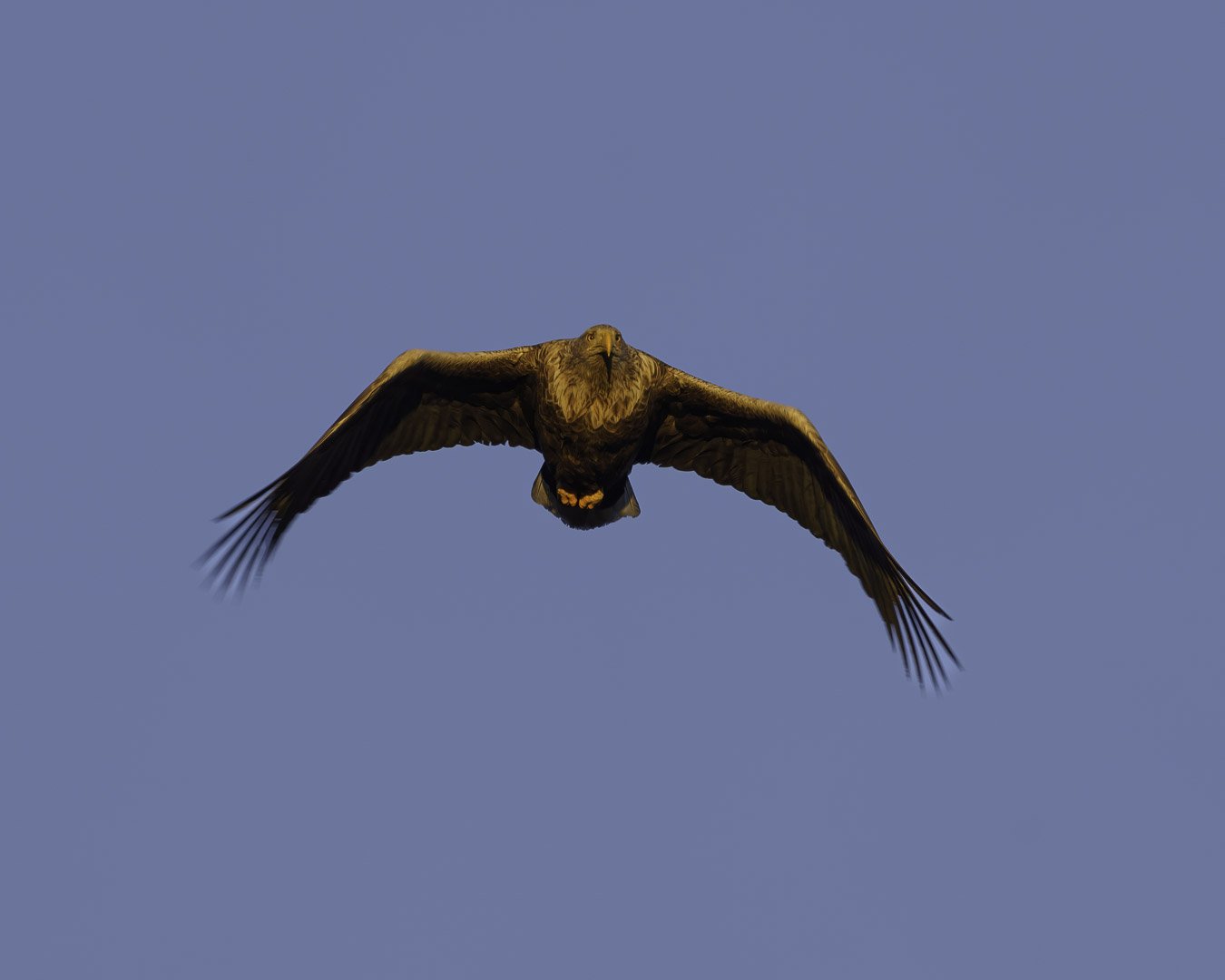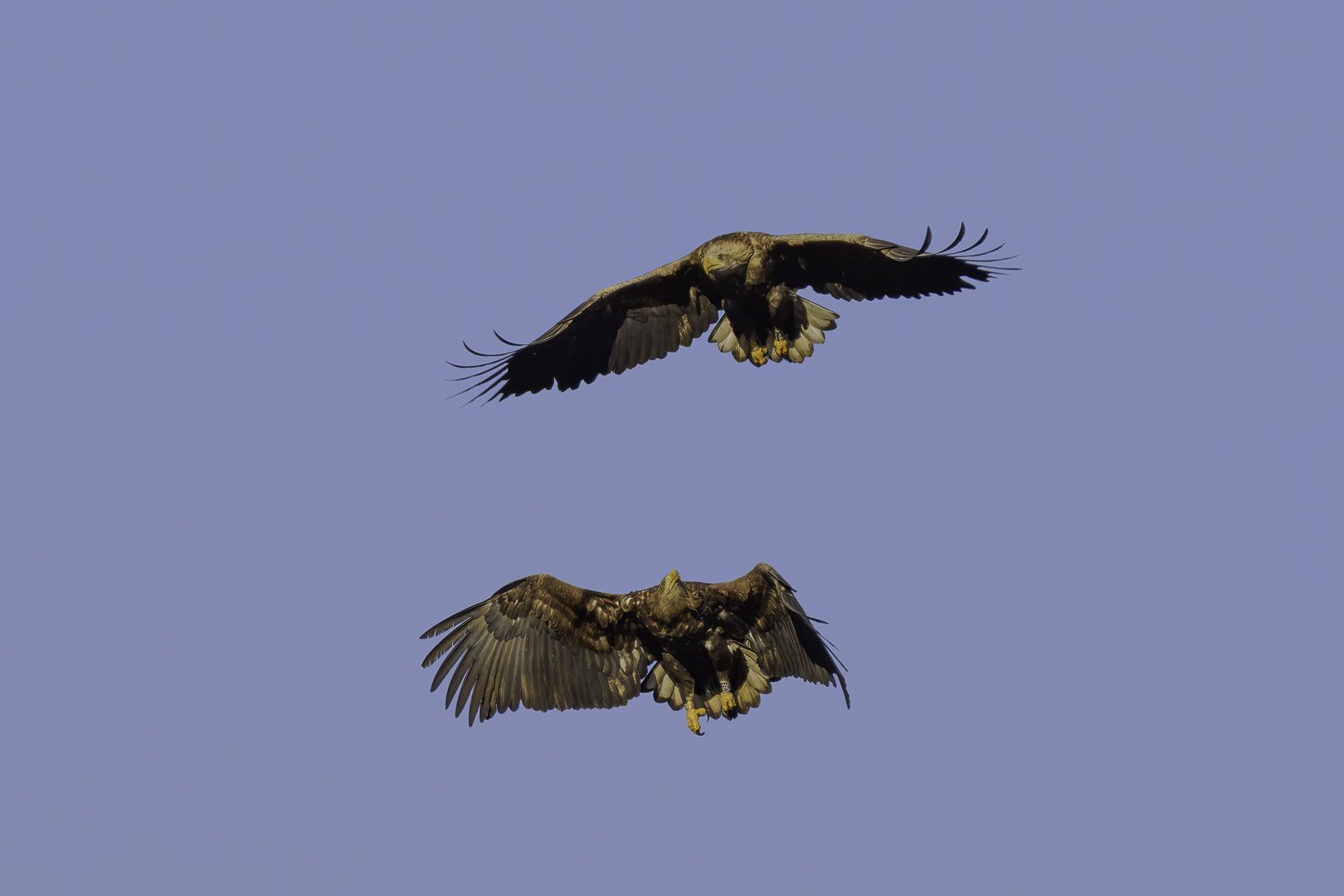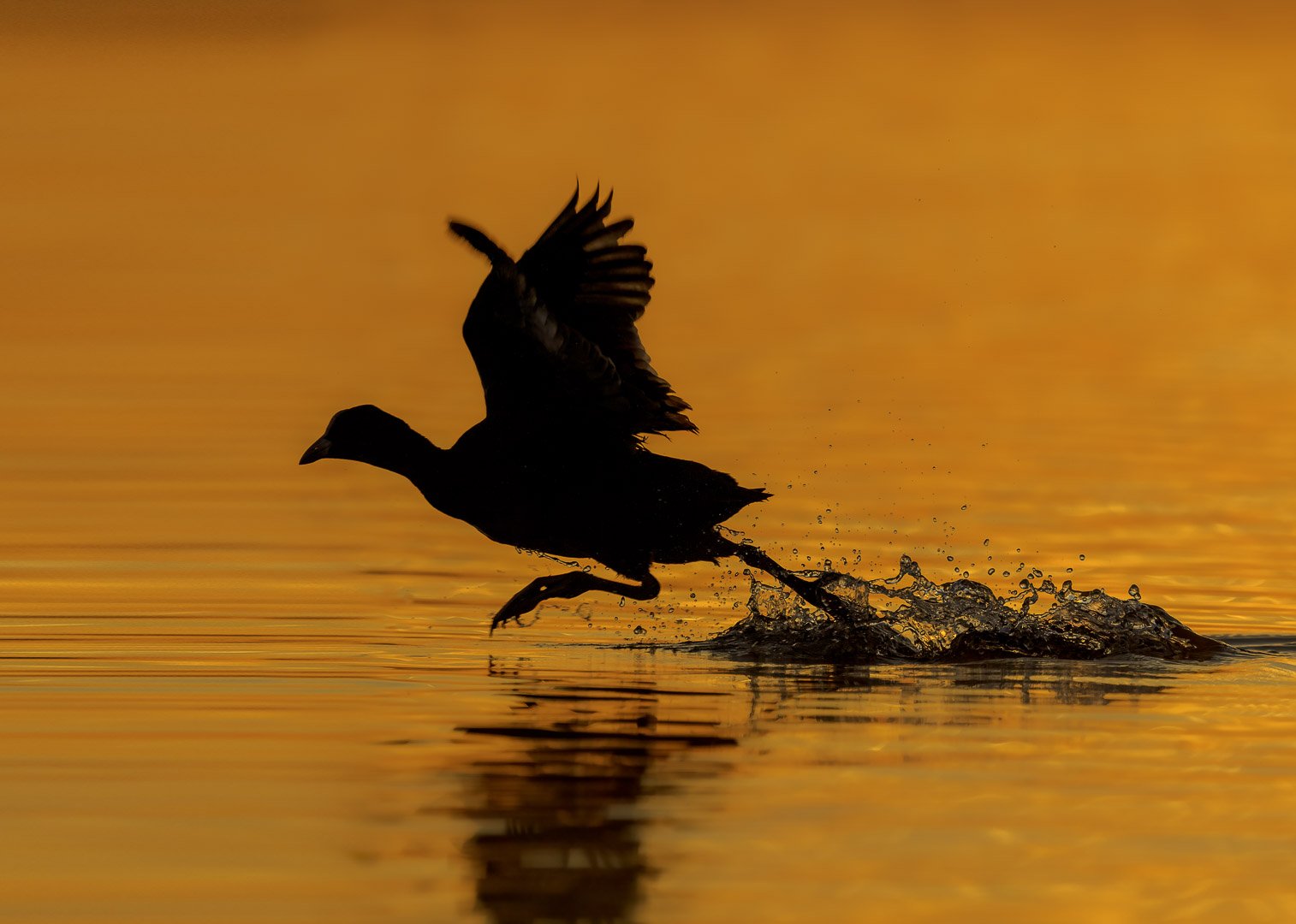The Urban Foxes of Berlin
Red Fox (Vulpes vulpes) — The photo used for this article is not a Berlin urban fox. You can see the Berlin fox in the video below
This week, I was in Berlin for work and unfortunately did not have the opportunity to visit the surrounding areas for photography, as my schedule was packed. It would have been great to take advantage of the many lakes and green spaces nearby.
On the first evening, I was standing in front of my hotel at Alexanderplatz when suddenly, a fox emerged from a dark underpass and walked purposefully down a side street, marking its territory every few meters.
A photography colleague from Nuremberg had often told me in recent months that he would like to go to Berlin to photograph the urban foxes. And then I encountered this fox, who fearlessly walked from a side street onto a busy road as if it were the most normal thing in the world. It was a small adventure. Although I didn't have my camera with me, I took the opportunity to film the Berlin urban fox.
Here is the short video:
An urban fox in Berlin near Alexanderplatz
An urban fox in Berlin near Alexanderplatz.
It is known that many animals move into cities due to the easy access to food, but it feels partially surreal to see a fox in the middle of Berlin.
In my brief research, I came across various articles about urban foxes in Berlin with the following information:
Red foxes have been sighted in Berlin since the 1950s.
Since the 1990s, they have been found throughout the entire city.
An estimated 1,700 to 5,000 foxes live in the city, rarely seen by most people.
Urban foxes live in various family communities, while rural foxes mostly live alone or in pairs.
The average life expectancy of urban foxes is only one and a half years, whereas rural foxes can live up to nine years.
DNA samples from 600 animals in Berlin and Brandenburg showed that urban and rural foxes are genetically distinct populations.
I hope you found this short article interesting.
See you soon!


